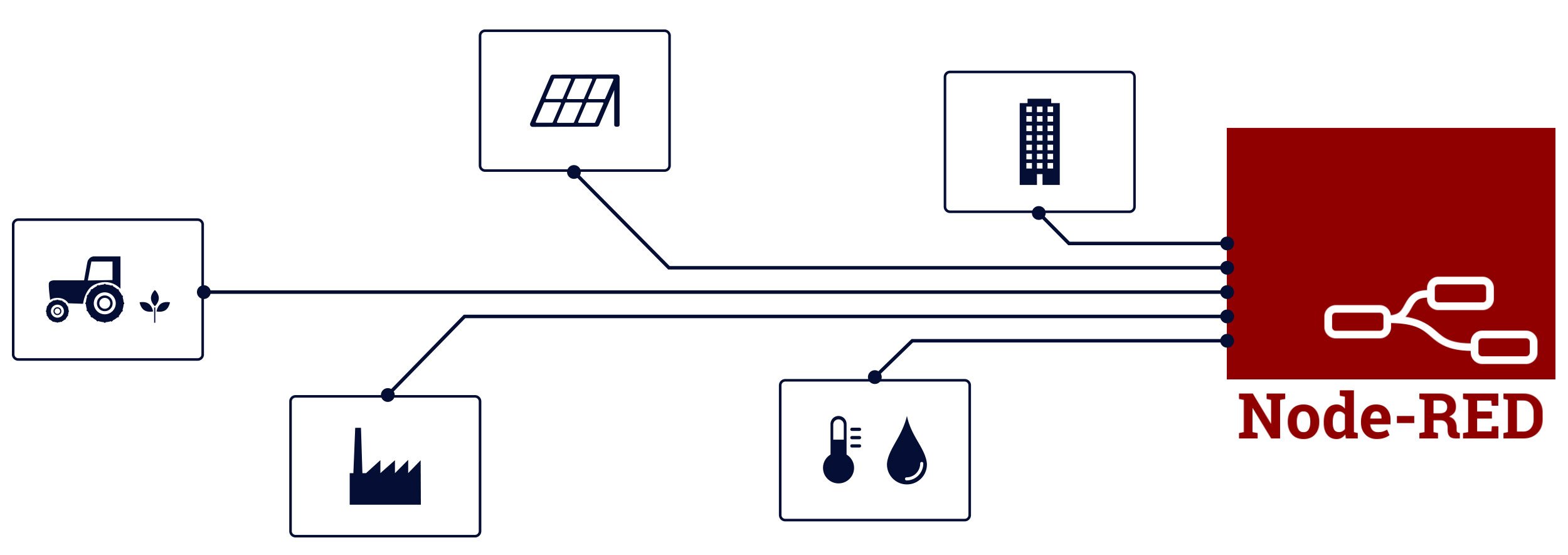In my opinion, right now there's way too much hype on the technologies and not enough attention to the real businesses behind them. (Mark Cuban)
Technological hypes have the interesting characteristics of being both devastating and significant. They can disruptively cause entire companies to cease to exist virtually overnight, and perhaps at the same time show what society and the economy are most diseased by. If you follow the buzzword "IoT" in publications, new products and general price developments on the market, you might suspect that IoT has been a more or less pronounced hype for quite some time now; but is that right?
Let's start directly with concrete numbers. As always, Google Trends provides a reliable overview of search queries. I selected the time before the current coronavirus crisis as the end point for the following graphs. The overview "from 2004" with regard to the search term "IoT" showed the following graph:

- and the overview of the last 12 months shows the following graph:

Most of us have already witnessed it as professionals: the evaluation of every start-up in the late 1990s experienced a disproportionate increase as soon as it added a .com to its name. Since 2013 a similar pattern has been seen in many IoT and IIoT solutions. Is this justified?
Do companies scale their IoT solutions and can they achieve an effective return on investment? For the most part, they do. Many companies are actually using IoT on a large scale and are well beyond the initial pilot and prototype phases. They are satisfied with their applications, both in economic and in very practical, everyday terms. But this does not necessarily speak against a hype.
Gartner has not only investigated how a (technological hype) arises. With its hype cycle, Gartner has established a theory that explains how public attention to new technologies changes over time. Here you can find these thoughts:
👉 5 Trends Emerge in the Gartner Hype Cycle for Emerging Technologies
Unmasking the hype
Since all players have an interest in tech hypes, it takes very little for them to emerge: the staff in the research and development departments not only enjoy the attention, but also generous budgets. Management has no reservations about being at the helm of a particularly innovative company. The journalists can present themselves as discoverers who have tracked down the next major discovery for their readers. In doing so, they meet marketing departments for which coverage can never be euphoric enough. In this whole process, no one is remotely interested in a sober approach!
If the failed business ideas pile up, at some point the discrepancy between expectations and reality can no longer be concealed. The hype is unmasked as such.
However, there is close to nothing to suggest that all this applies to IoT and IIoT. The Internet of Things continues to mature in business. This is shown by the increased number of projects in companies and, above all, the high success rate of IoT projects. In the coming years, IoT investments will continue to rise. What is striking here is that large companies generally assign much greater importance to IoT than medium-sized and smaller companies. It is therefore not surprising that the large companies also take the lead in concrete IoT applications. In most companies, the CIO and the IT department set the tone when it comes to IoT strategy, implementation of projects and selection of IoT service providers. The strongest promoter of the IoT topic is executive management.
Embedded world 2020
We were able to get a contemporary glimpse of the world of IoT at this year's embedded world - and also made our own contribution.
The world of the Internet of Things is just as innovative as it has always been, and yet is already convincing with very tangible application stories. For example, companies are already working with solutions such as Sigfox in a highly productive way and they already cannot imagine a time without these technologies. The motto of this year's embedded world was Connecting Embedded Systems, and during the exhibition it was clear that the Internet of Things continues to be an important innovation driver worldwide.
The IoT has by no means saturated and naturally continues to evolve at a rapid pace. This is demonstrated by wireless technologies and their ongoing development - such as WiFi6, 5G, Bluetooth v5.2 and LPWA networks like Sigfox, LoRaWAN or MIOTY.
So, what does that mean for Paessler?
Together with other large tech companies we believe in the scalability of many IoT solutions and have been working on concrete products for quite some time now. Two solutions are presented here, and another will follow in the coming weeks. Stay tuned!

Paessler BitDecoder (Discontinued)
🤗 IoT devices deliver LPWAN metering data and information in encoded payloads, usually in hexadecimal format. Paessler BitDecoder, which we first presented in November, supports developers in structuring, marking and decoding complex payloads; it transforms payloads in hexadecimal notation bit by bit into a more human-readable format!

PRTG Node-RED Connector
🤗 Yes, you read it right. We have created a native PRTG Node-RED Connector that can be used within Node-RED automation flows and that makes it easier to build software solutions for the Internet of Things than ever before. This offers new opportunities for the IoT, industry, and IT professionals!
 Published by
Published by 












